Yes, Virgina, You Can Tune Electric Cars

Tuners. Hot-rodders. Street racers. They’re called by different names, come in different shapes and sizes, and wave flags of loyalty to all manner of bizarre and obscure icons, but they all share the same basic desire: To take a perfectly good car and make it go faster.
For these enthusiasts, “more” is never enough, and “too much” is usually when things are just getting started. In the past, the way to go faster was to stuff a bigger engine into a smaller car. As the genre became more nuanced, more carburetors were added along with freer-flowing exhausts to get more air and fuel into that engine. That drive eventually led to fuel injection, forced induction, dual-fuel setups, and more.
Tuning cars has become a mix of scientific understanding and black art over the last seventy-odd years, with each shop clutching its power-building secrets close to its chest – and the guys who are savvy enough to make their blend of go-fast parts seem especially special stand to sell millions of dollars worth of parts, services, and chest-pounding ego … but how is tuning going to work in a world full of electric cars?
“I would never own an electric car,” said Dan Mermelstein (more than once). “No way. It doesn’t make sense. Don’t want to stop at a charging station. Throw those things away! Because I just love the sound of an exhaust system coming from a mid-engine or rear-engine vehicle. The screams that my Porsche 991 GT3RS gives are so amazing nothing can replicate that, EVER!”
Why am I quoting some random Porsche guy in an article about tuning electric cars? Because Dan is the owner of Arizona-based Vivid Racing. That makes Dan one of the biggest players in the automotive aftermarket, selling literal truckloads of performance parts and accessories to Porsche owners who are willing to stretch their wallets well beyond Stuttgart’s initial asking price in a bid to make their Porsche a little bit faster, sit a little bit lower, or rev a little bit louder than the next guy’s. Crucially, Dan also recently bought an all-electric Porsche Taycan – which he waited nearly ten months for. “You simply cannot resist going into Sport Plus Mode and hammering the ‘gas’ pedal to feel the power!”
As thrilling as the Taycan may be, Dan was never going to leave his new car alone – but he didn’t start his quest for performance looking for power. Instead, he went after a broader definition of performance, tweaking the suspension and slashing un-sprung weight with a set of lightweight wheels to improve handling and acceleration. Upgraded brakes and a CFD-developed set of aerodynamic add-ons that are claimed to deliver significant improvements in downforce and high-speed stability were also developed for the car, giving it a lower, widened stance that will be familiar to any SEMA regular.
It looks great to me – but remember when I said there were different kinds of tuners trying to build different kinds of cars for different kinds of enthusiasts? EV buyers looking for something more track-focused might not dig Dan’s take on tuning, but they might feel differently about Ben’s.
“On the street the differences are measured in pure joy,” offers Ben Shaffer, the head of California’s Unplugged Performance, a tuning firm that specializes in getting Tesla ready to rumble. “On the race track the differences [from stock] are easily measurable. We are undefeated in Japan’s highly competitive JEVRA race series, we hold lap records at almost all famous race tracks, and we recently won our class at the Pike’s Peak International Hill Climb, one of the most dangerous and challenging races in the world.”
Ever a consummate racer, a lot of what made the car that Unplugged Performance ran at Pike’s Peak is still a bit secretive, but one look into the frunk of last year’s Pike’s Peak competitor will show you there’s a lot going on ( the car crashed in spectacular fashion and was effectively rebuilt in a matter of hours in a herculean effort that is absolutely worth a half-hour of your time).
There’s a lot going on there, sure – and the UP guys are not in a hurry to tell their competitors exactly what they’re doing, but the short answer is that they’re cooling the car’s electric motors and batteries to keep everything at optimum temperatures, making peak power (sorry), for the maximum amount of time possible. Something like a massive intercooler for the electric powertrain, if you will – and that’s just part of the Tesla’s overall performance package. Anything and everything that doesn’t directly contribute to the safety or speed of these track-focused Tesla EVs have been jettisoned. Replaced with chassis braces, roll cages, ultra-lightweight wheels, paper-thin carbon fiber aero parts, and supportive racing seats. Thousands of dollars in parts were tossed aside in sacrifice to the racing gods.
The gods seem to have accepted Ben’s sacrifice, too – rewarding Unplugged Performance’s Model S-based 2021 racer with a 6:57 time up the mountain. That time beats the legendary 1987 run by Walter Röhrl in the Group B Audi Quattro by nearly four full minutes ( 10:47.85) … and Audi’s marketing department is still milking that run nearly 35 years later, almost begging the question of how fast do we really need to go here, anyway?
On that topic, Ben is philosophical. “We’re reaching a point where power is effortless and in abundances that are becoming hard to fathom. We’ve not quite hit the limit of what is usable, but when we have family sedans doing 9.2 in the quarter-mile it does beg the question of how much power is enough? 1,500 hp? 2,000? 3,000?” he says. “It’s about what’s usable … for example, 400 miles of range with an EV. That comes from more efficient batteries and motors and that’s useful, you could drive 400 miles. What about 1,000 miles of range? How often would you want to drive 1,000 miles without stopping for a rest? As each of these measurable metrics go up, we’re starting to approach a point where the numbers are borderline not usable.”
That’s all true, of course, but I first really got to know Ben way back when we were working with the Switzer boys to build Nissan GT-Rs making four-figure horsepower numbers, so take anything seemingly sensible that either one of these guys says with a grain of salt, you know?
So, as we look at these two different approaches to EV tuning – and, of course, I’m sure that Ben could build you a street Tesla just as easily as Dan could build you a track day Taycan – we haven’t yet talked about two of the most obvious and enduring trends in aftermarket performance: Tuning and engine swaps. For both of those, I’d like to turn your attention to some of the work coming out of AEM.
AEM is well known in the tuning industry for its standalone engine control units (ECUs) that allow engine builders to manipulate fuel delivery, optimize spark timing, and even control boost levels – but all of that’s sort of out the window when it comes to EVs. So, what are they really tuning?
AEM’s John Romeo was on the team that worked on AEM’s new VCU, or Vehicle Control Unit, that deals with fine-tuning the performance aspects of an electric powertrain, as a whole.
“It’s going to be different,” John explained, in an interview with High Performance Academy. “All of started in the gasoline tuning world. We’ve all done it, we’ve all sat in the passenger seat of a car with a laptop while they’re making a pass and making a little change and it feels a little better, feels a little worse. You don’t do that with an EV because there’s no tuning with an EV … it’s either right or it’s completely wrong. What you do tune is some of the setup, like when we talk about the cooling. How do we want the cooling to act? Do we always want the cooling at ‘Max Cold’ within the window so that you can run really long, hard pulls … maybe I want to have really aggressive regen braking? Those are now things you can tune. Then, of course, traction control and torque mapping and torque delivery, that’s wide open now. You can literally do moment to moment torque delivery predictions and laying out what’s going to happen when you launch a car.”
AEM is putting all that capability to work in a number of customers’ engine swap projects, with one of the most fun being the 1,300 hp, multi-motor Palatov D2EV – another electric car that ran up Pike’s Peak (this one in 2019, where it finished second in the Unlimited Class). Unlike the Unplugged Performance Tesla, however, this wasn’t a purpose-built Peak car.
“It was a multipurpose car,” explains Dennis Palatov, the car’s namesake. “It also had to do (a top speed run at) Bonneville and have a 300-mile street range. We only used 40 percent of the battery at Pikes Peak. If I were to design a dedicated Pikes Peak version of the car it would weigh around 2,300 lbs. instead of the 3,500 lbs. we raced at.”
So, here you see it again. A more purpose-built car for the Peak, for example, would be calibrated to deliver all its battery’s electrons to the motors just after it crosses the finish line. The same could be said of an electric dragster, and the limitations there would be on traction and energy delivery, getting as much power to the ground – and to the motor – as possible in the time allowed.
It’s still tuning, then. Optimizing different aspects of power generation and delivery to deliver the result the driver wants and making their car behave in exactly the way they want is still the goal. I think Ben said it best, in one of the texts we sent back and forth discussing this article. “Mass produced cars will always have to hit a middle ground for their average buyer,” he wrote. “The beauty of what we do is that we tailor for induvial buyers, and this creates a level of driving satisfaction that mass production cannot achieve.”
That sounds a lot smarter than my take. That being, “People like to feel special, and special cars feel more special-er.”
[Images courtesy of Dan Mermelstein and the author]

I've been in and around the auto industry since 1997, and have written for a number of well-known outlets like Cleantechnica, the Truth About Cars, Popular Mechanics, and more. You can also find me talking EVs with Matt Teske and Chris DeMorro on the Electrify Expo Podcast, writing about Swedish cars on my Volvo fan site, or chasing my kids around Oak Park.
More by Jo Borras
Latest Car Reviews
Read moreLatest Product Reviews
Read moreRecent Comments
- Bd2 If I were going to spend $ on a ticking time bomb, it wouldn't be for an LR4 (the least interesting of Land Rovers).
- Spectator Wild to me the US sent like $100B overseas for other peoples wars while we clammer over .1% of that money being used to promote EVs in our country.
- Spectator got a pic of that 27 inch screen? That sounds massive!
- MaintenanceCosts "And with ANY car, always budget for maintenance."The question is whether you have to budget a thousand bucks (or euro) a year, or a quarter of your income.
- FreedMike The NASCAR race was a dandy. That finish…



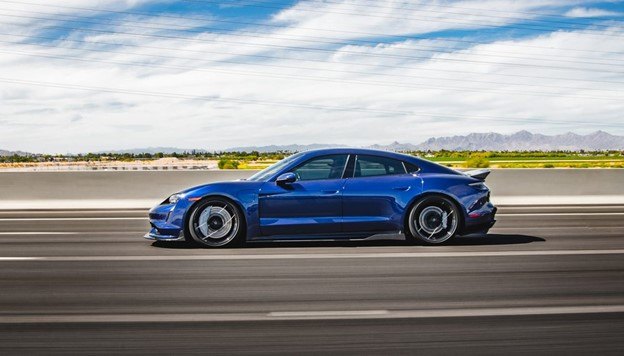
















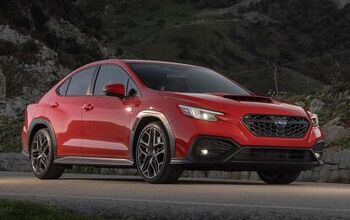
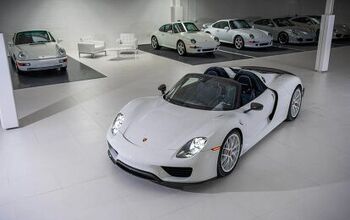
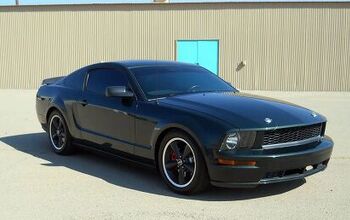
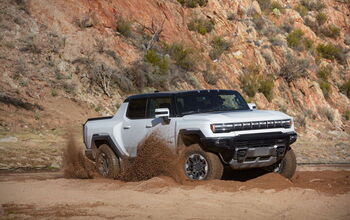
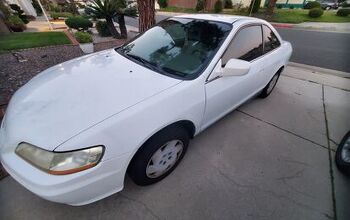

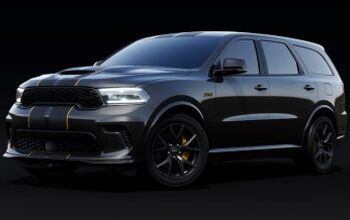

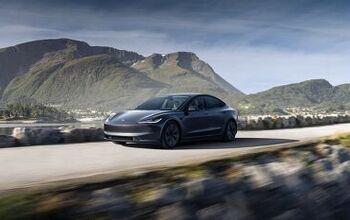
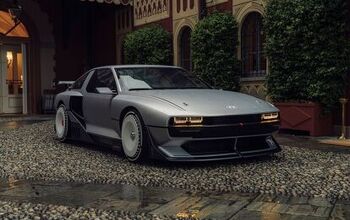
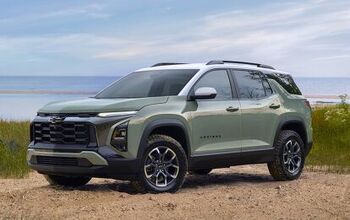
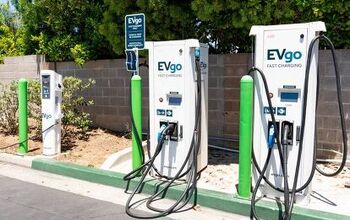
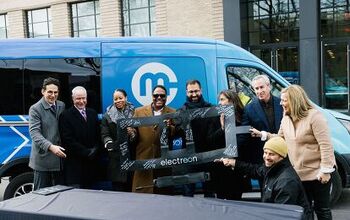
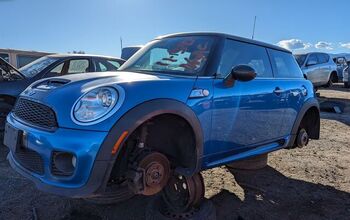
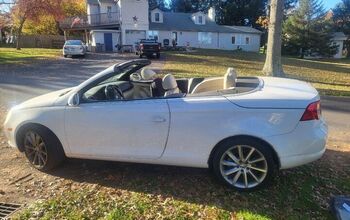
Comments
Join the conversation
Honestly at this point I think any EV that can do better than 3s in 0-60 should require a special racing license to operate on public streets. The last thing I want to see in a few years is some moron Silicon Valley software developer that bought a used Model S Plaid and started flooring that thing all the time on public roads. And if you want to modify your electric car to go even faster it should require a special permit and a full warranty void from the manufacturer. And I agree, there should be a limit on how much electricity you can use unless you fully generate your own at all time. That aside, sorry but not interested in EVs. I've driven a couple of different Teslas and while they're certainly fast they're complete and utter trash otherwise (not unlike the manufacturer and CEO himself). At this point most of the mods for these things should be software anyway. Minor braking and cornering differences with about $10K worth of aftermarket add-ons don't excite me all that much.
My preferred tune would automatically and continuously adjust torque at each wheel so that all four tires reach 2/32" tread depth in the same week.